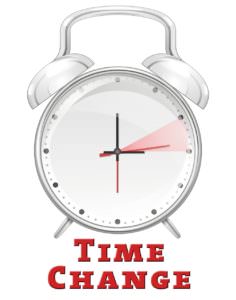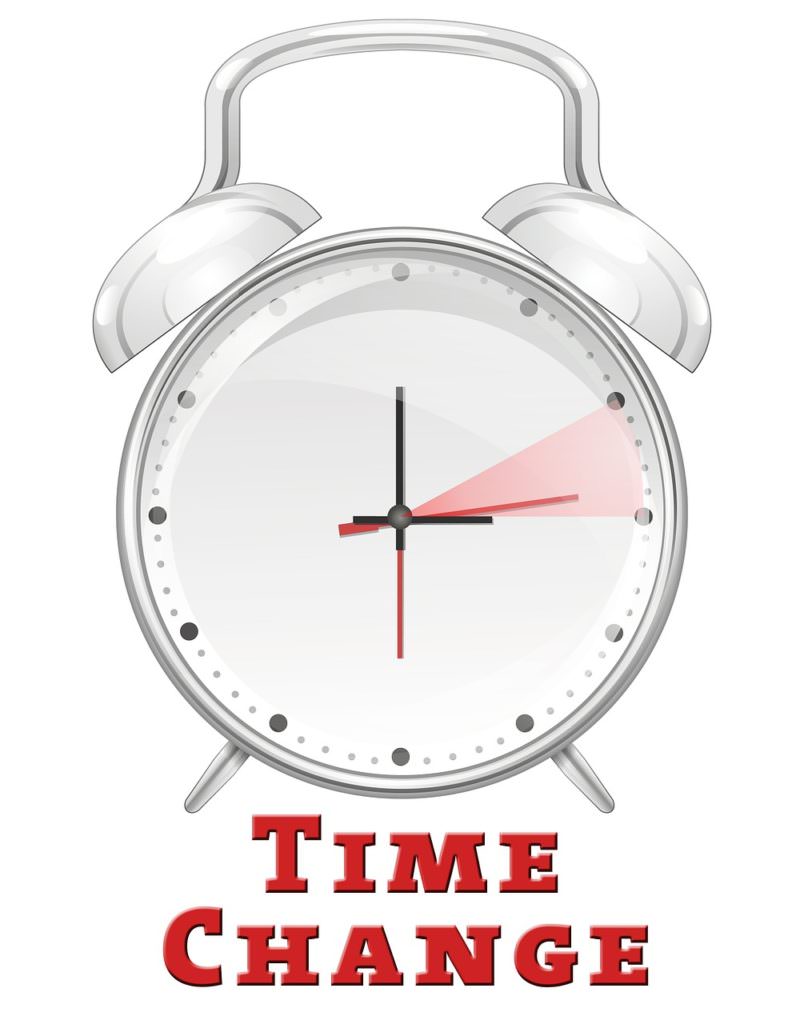
Are you still feeling a little tired from losing an hour of sleep this weekend? While it feels like we trade an hour of sleep for an extra hour of daylight, switching from Central Standard Time to Daylight Savings Time simply moves an hour of sunlight from the beginning of the day to the end of the day.
While this can give the impression of more daylight that presumably would scare burglars away, it can actually make your home more of a target. There’s never a “safe” time of year when it comes to burglaries.
After switching from Central Standard Time to Daylight Savings Time, the extra hour of darkness in the morning gives burglars the cover of night to target your home or wait outside it for you to leave. Since many people work a day shift, burglars know you’ll be leaving for work and leaving your house empty during your workday.
According to the FBI, around 60% of burglaries occur during the daytime, generally between 9 a.m. – 3 p.m., due to houses being unoccupied. Burglaries are also “disproportionately concentrated on weekdays.” Although it’s often difficult to determine when a burglary occurred, “some research suggests that burglars most often strike on weekdays, from 10 a.m. to 11 a.m. and from 1 p.m. to 3 p.m.”
Many factors lead to increased burglaries during Daylight Savings Time, such as the increased length of days, more activities outside the home, and more seasonable temperatures. While Daylight Savings Time brings the first signs of spring and reminders to change batteries in smoke alarms, it may also be a time to think about a security system that can keep your home protected, even when you’re not there.
Source: Burglary of Single-Family Houses – Guide No. 18 (2002)

